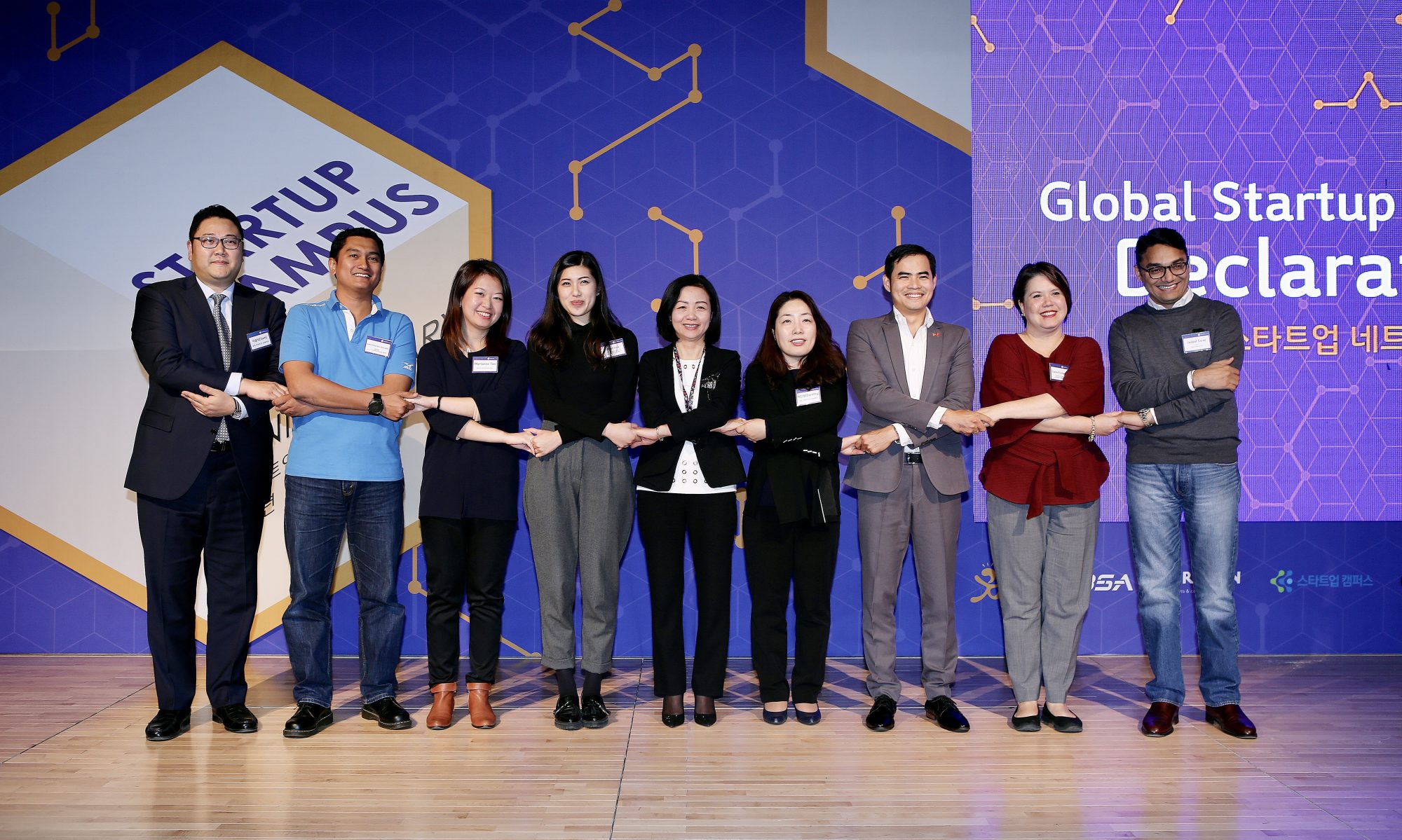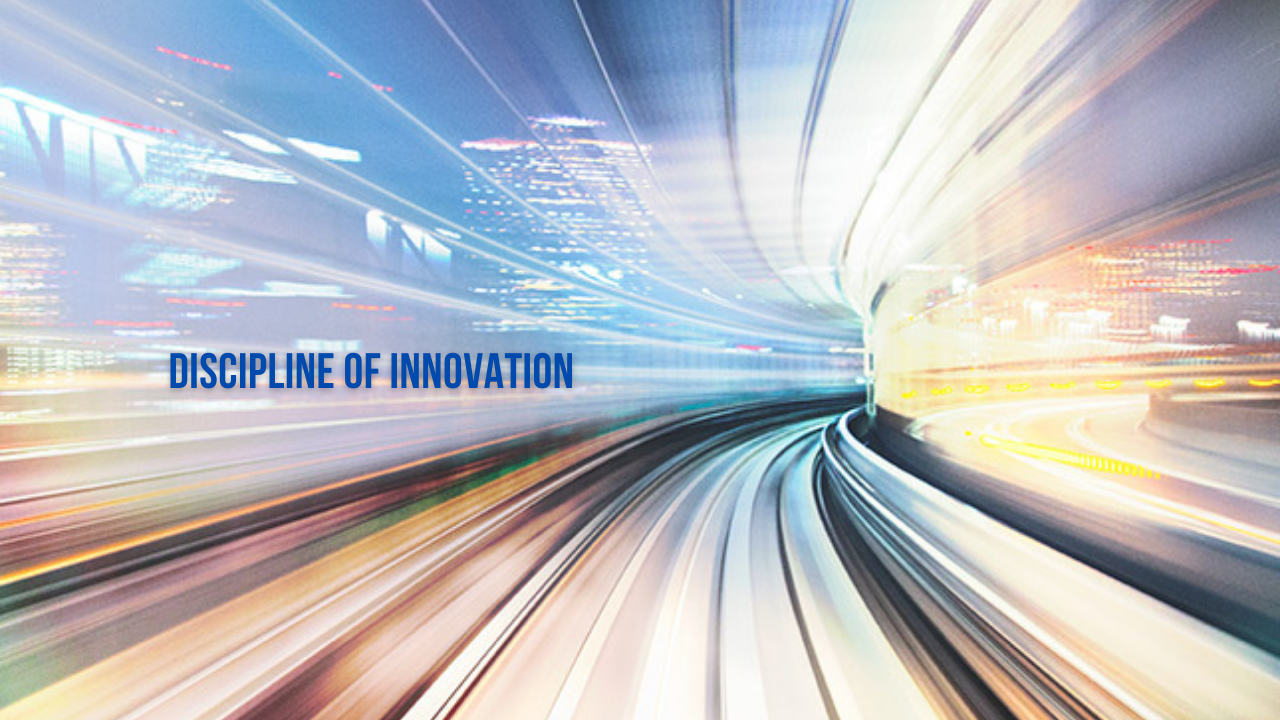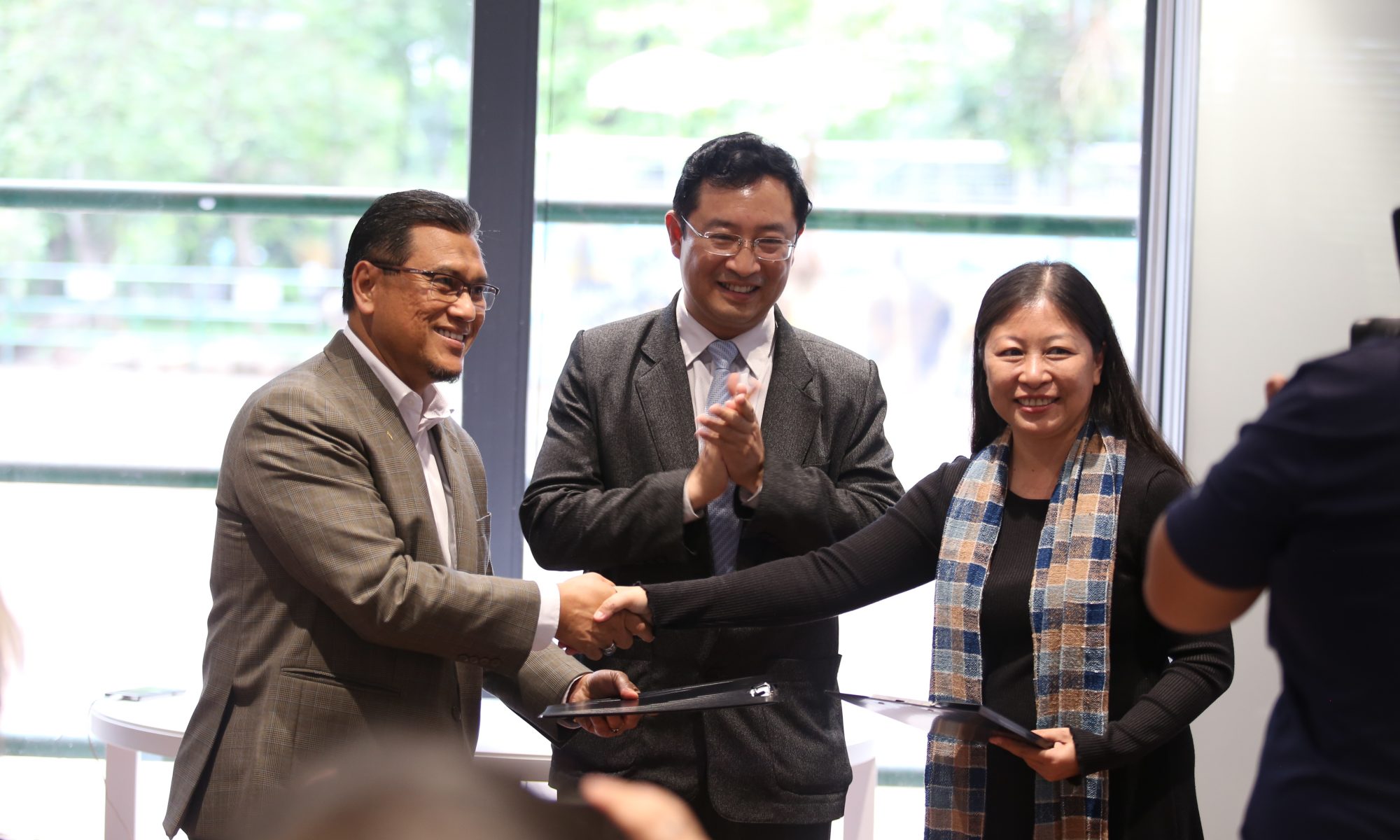“How much of innovation is inspiration, and how much is hard work?” – simple yet deep wondering raised by Peter Drucker questions innovation mechanism. Given the extraordinary importance of innovation in both business and society, it is worth knowing factors that CREATE and SUSTAIN innovation. How to make your innovation progress and develop to its full potential? Can innovation be managed like other corporate functions? Is there any magic formula for innovation’s success? This article will help you better apprehend the concept of innovation, its characteristics, where to find it, and how to make innovation become INNOVATION.
Innovation and its fundamental definition:
Changes are imperative, and thus innovation inevitably becomes a hype among enterprises globally. However, without genuine comprehension of innovation and initiatives behind it, most companies fail to complete their innovation journey. Therefore, it is compulsory to know WHAT innovation really is, and Why innovation?
Basically, innovation derives from original solutions that are developed to meet new requirements or unanticipated needs. Innovation is not invention, instead, it is the combination between invention and commercialization. Products or services are only considered as innovation when they show practical application in reality, and are welcomed by the market. Most people think of innovation as something massive, novel and spontaneous. Biologist Francesco Redi once said every living thing came from a living thing which applies quite well in the innovation context. “How can you think of this? It’s so simple!” – no glamor or fancy, innovation gives people the “WOW” moments in its normality. It can be new ways of business models and money streams, new systems of products and services, or even new customer engagement. Besides, the innovation must demonstrate high sustainability and ability to return its weighted cost of capital (Keeley et al. 2013).
Not only does innovation help companies maintain their growth in economic downturns, it also keeps companies relevant in the dynamic market. In other words, innovation is the key to survival and resilience of one company to attract better suppliers, ideal investors, and loyal customers as well as employees. The three most common metrics for innovation evaluation are:
- The number of patents and patent citations owned by a company.
- The number of distinct products offered by a company.
- The frequency of new product releases.
Sources of Innovation:
“In business,innovation rarely springs from a flash of inspiration. It arises from a cold-eyed analysis of seven kinds of opportunities”. – Peter F.Drucker (1985)
Genius and Luck are two designated labels for innovation. However, innovation, especially the successful ones, are the results of an empirical, intentional, and conscious search for innovation opportunities. In his article, Peter Drucker mentioned the seven sources of innovation worth noticing:
Within a company or Industry (Internal source):
- Unexpected Occurrence is the easiest, simplest, and productive source of innovation opportunities. It can arise from a surprising success of failure, but is commonly dismissed, disregarded and resentful. Particularly, it is the art of seeing potentially in the unexpected. Originally created by a pharmacist as a headache and anxiety treatment, Coca Cola has now positioned itself as the world’s most popular soda.
- Incongruities is another source of innovations resulting from resolving inconsistencies within a system or situation. They happen within the logic or process’s rhythm, between economic realities, between expectations and results. The Scott Spreader, which allows homeowners to apply fertilizer evenly is an example of exploiting this incongruity. Or Edward Jones Company – a financial services business takes advantage of larger Wall Street corporations’ misperceptions about consumer values. Jones recognized a market sector, farmers and individuals about to retire, as having a desire for solid investment before retirement, as opposed to the frequent stock trader that Wall Street corporations concentrated on.
- Process needs is the type of process perfection or a procedure reworking via supply of a missing link which also creates innovationInnovations. It identifies the company/industry process’s weak spots to improvise and enhance productivity. The creation of the ATM (automated teller machine) and, more recently, web-based and Internet banking solutions allows customers to independently do their banking without reliance on tellers’ presence.
- Industry and market changes can fuel innovation as well. The overnight changes offer tremendous opportunities for innovation, and require agility from businesses. Due to the extended lockdowns in COVID-19 pandemic, companies now move towards hybrid or fully-online working, which results in the rising users in Employee Management Software or online working tools.
Social and Intellectual Environment (External source):
- Demographic changes allow innovation stemming from trends in population’s composition. It is considered as the most reliable source among 3 external sources with known lead times. For instance, prepared meals and takeout food are developed to meet the demands of busy two-income families and single-parent families.
- Changes in perception opens another opportunity for innovation which results from change in customers’ perspective and opinion. The facts are not altered, but their meanings change very quickly. Concerning minimization of social interactions amidst COVID-19 pandemic, customers opt for online shopping and cashless payments thanks to their safety and convenience. E-wallets and digital banking together with booming e-commerce, unsurprisingly, have seen exponential jumps in popularity. The majority of online and physical retailers now accept digital payments using smartphone applications. VNPay, Momo, and ShopeePay are among the most prominent participants in this fast developing market of Vietnam.
- New knowledge is among history-making innovations which are based on new knowledge whether scientific, technical, or social–rank high. As commented by Peter Drucker: “Knowledge-based innovation can be temperamental, capricious, and hard to direct”. Therefore, this kind of innovation requires combinations of different knowledge, not one only
Disciplines of Innovation:
“Innovation requires knowledge, ingenuity, and, above all else, focus.” – Peter Drucker
The winner is not the one with the brightest mind or exquisite skills; instead, people who know the rules are the game’s winner. Innovative, disruptive and gigantic as the ideas may be, they can only be truly successful with clear strategies and, most importantly, disciplines. These are the disciplines of innovation that should be borne in mind:
- Purposeful and systematic innovation starts from considerate analysis of the new opportunities sources. Knowing WHERE to innovate is as important as knowing HOW to innovate. Being agile and responsive to changes, especially loopholes, can help innovators capture the right moment to develop their innovation.
- Innovation requires activation of all senses due to its conceptuality and perceptuality. Hence, look, observe, ask and listen should be done by would-be innovators, along with using both the brain’s right and left sides. Innovators must conduct analytical research to figure out the needs of innovation to satisfy an opportunity, then navigate potential users to study their expectations, their values, and their needs.
- Simplicity is an essential element that contributes to innovation. Only with transparency and confusion-free will people be ready to receive your products/services. Inevitably, the greatest praise an innovation can receive is for people to say, “This is obvious! Why didn’t I think of it? It’s so simple!” Even innovation accounting for disruptions should be guided toward a definite, unambiguous, and well-planned application for the consumers and market.
- Focus is the prerequisite of innovation success. Talent, Ingenuity and Knowledge can accelerate initial stages like ideation. However, in execution stages, hard, focused and goal-oriented work allows innovation to be alive and become reality. Therefore, without diligence, persistence and commitment, the genius factors would be in vain.
Culture first, then innovate
“In order to get sustainable innovations and make the organization better, you do need to focus on mindset and culture. Organizational culture is not something to be dealt with when everything else is done, but it is a foundation of everything. It is about how organization’s people interact and work,” says Emilia Saarelainen, Innovation Fellowship Program Manager (UNHCR 2016).
To set the foundation for innovation, an innovation space must be invented via:
- Create a culture of innovation.
- Create novel solutions in partnership with the company.
- Acquire, collaborate with, cross-partnership or invest in innovative technology.
All three actions are required, but they must be completed in order to be successful, where culture is the base of that success. Notwithstanding its desirability and leaders’ affirmation to full understanding, innovation culture is undeniably difficult to develop and sustain. How can practices that appear to be universally loved—even enjoyable—be so difficult to implement? (Pisano 2019). As stated by Jesse Nieminen (2020), a strong innovation culture is the engine that propels the organization to continually improve, progress, and innovate.
Since innovation culture is a “by-product of broader business decisions” (Quirk & Reinmuller n.d.), leadership plays an imperative role in igniting cultural change and encouraging long-term flourishment. Statistics show that leadership decisions, guidance, and modeled behaviors account for 70% of the effect on culture, with the other 30% driven by aspects such as training and engagement initiatives. Moreover, reasons behind malfunctioned innovation culture mainly results from the lack of effort and support, especially top leadership as demonstrated by the graph below (Nieminen 2020).
What is the business now – and what must the business be in the future in order to remain relevant? By explicitly answering these two questions, will the companies/organizations be able to align its actions with goal achievements, and thus the cultural changes move forward in sync. Changes are frightening, if not annoying at least. Revolutionary as it may sound, cultural changes start with individual rather than large-scale behavioral patterns. Small changes make a big difference where the employees’ hearts and minds are connected with the business transformation movement. To integrate innovation into the company’s DNA, leaders must:

Figure 1: Challenges to Innovation (Nieminen 2020)
- Clear communication plans for goals and expectations: Make it clear that change is an opportunity, not a hindrance. Innovation provides chances for growth, alleviates pain points, and allows people to focus on the most essential aspects of their jobs.
- Build capacity: employees must be sufficiently provided with tools and space for creativity both mentally and physically. Allocation of time and expense for training programs and creation of judgment-free space welcoming new ideas are essential for nurturing innovation capabilities. Based on companies’ conditions, innovation methods can exist in diverse forms, from innovation labs, special cross-functional teams working on innovation projects to internal competitions like hackathons, incubators, etc.
- Allow failures and encouragement: Resistance to changes mostly comes from fear of failures. Remind employees that mistakes make improvements, which then leads to success. Therefore, it is compulsory to notice the direct message is directly from the CEO or top leaders, so that employees are eligible to be innovative. Pushes for innovation must also be included such as Innovation KPIs, rewarding processes, and the impacts of innovative thinking via empirical outcomes and accomplishments.
- Build Credibility: Credibility and trust are the starting point for everything. Instead of tasks with deadlines, changes are a progress, and progress takes time. Slow or fast depends on the level of credibility earned from employees. People only believe what they see. Hence, all-level of company leadership must present themselves as the role models that visibly pioneer for changes and keep up with what they have communicated – “walk the talk”.
Innovation is commonly interchanged with riskiness, failure embracement, and collaboration, which are only one side of the story. These characteristics are often misunderstood in innovation culture according to Pisano, which must be “counterbalanced with some tougher and frankly less fun behaviors”:
- A tolerance for failure, not an intolerance for incompetence: Failures can offer valuable lessons to move forward, and contributes significantly to final success. However, failures can be the consequences of ill-built designs, errorious analysis, suficit of transparency and bad management. The harsh truth is that useful failures demand extremely competent people as exemplified by Google’s encouragement towards riskiness given its highly qualified employees. Clear distinguishment between productive and unproductive failures are essential for leaders to articulate. Productive failures result in learning in relation to their expenses, while unproductive failures degrade time, efforts and money. Celebrate learnings extracted from failures, not failures.
- A willingness to experiment accompanies rigorous discipline: Creativity is messy, thus it needs disciplines. Experiments only bring value if they are conducted consciously, not recklessly. Discipline-oriented cultures set clear standards for each decision involving continuing, modifying, or abolishing an idea, not to mention the dare to face with real facts and admittance. Thanks to those, companies improve their decision-making power, and move fast yet carefully in every step.
- Psychological safety with comfort in brutal candor: Openness to ideas requires openness to feedback and harsh criticisms. Good and highly competent employees have the dare to point out loopholes in perfectness. Ideas need to be “beautified”, and the most optimal ways are to receive comments from others devoid of subjectiveness and biases. Organizations with candid debate is not considered as a comfortable working place, but it proves to be more effective than the nice ones. To develop constructive feedback and growth-mindset in employees, leaders must set their own behaviors via the willingness to constructively criticize others’ ideas without being abrasive or offensive. One method to promote this sort of culture is to require criticism of their own ideas and plans.
- Collaboration along with individual accountability: Harmonious collaboration between teams accounts for a healthy working environment, where everyone grows together. Nevertheless, collaboration should not be confused with consensus since it harms rapid decision-making process and navigation of perplexing problems related to transformational innovation. Individuals must be accountable and responsible for their suggestions/opinions, instead of following the crowd.
- Flatness yet strong leadership: Flatten structure nurtures the ideas flow and respect among employees and top levels. Regardless of these open features, flat organizations means stronger leadership than hierarchical ones. For its autonomy, flat organizations can lead to chaos without clear strategic priorities and directions. Senior leaders must be able to convey appealing big-picture concerns while still being knowledgeable and competent with technical and operational challenges. Meanwhile, employees must have their leadership capabilities developed, being proactive to actions and accountable for them.
Besides capital, resources and strategies, spirit is the element keeping innovation alive. Only with readiness to changes from employees – the core assets without depreciation of companies, will larger changes like business model innovation, new markets and customer segments, or new customers propositions.are embraced and progressed. Most importantly, it is crucial to remember that innovative cultures are paradoxical, and attempts to truly establish an innovative culture are based considerably on the art of managing those paradoxes.
Reference List:
- Drucker, PF 2015, ‘The Discipline of Innovation’, Harvard Business Review, 16 July, viewed 1 March 2022, <https://hbr.org/2002/08/the-discipline-of-innovation>.
- Nieminen, J 2020, Innovation Culture – The Ultimate Guide, Viima, viewed 1 March 2022, <https://www.viima.com/blog/innovation-culture#why>.
- Pisano, G 2019, The Hard Truth about Innovative Cultures, Harvard Business Review, viewed 10 February 2022, <https://hbr.org/2019/01/the-hard-truth-about-innovative-cultures>.
- Quirk, S & Reinmuller, J 2018, Building an innovation culture – KPMG Global, KPMG, viewed 1 March 2022, <https://home.kpmg/xx/en/home/insights/2018/06/building-an-innovation-culture-fs.html>.
- UNHCR 2017, Why innovation starts with the right mindset, UNHCR Innovation, viewed 6 March 2022, <https://www.unhcr.org/innovation/beyond-the-fellowship-why-innovation-starts-with-the-right-mindset/>.


















